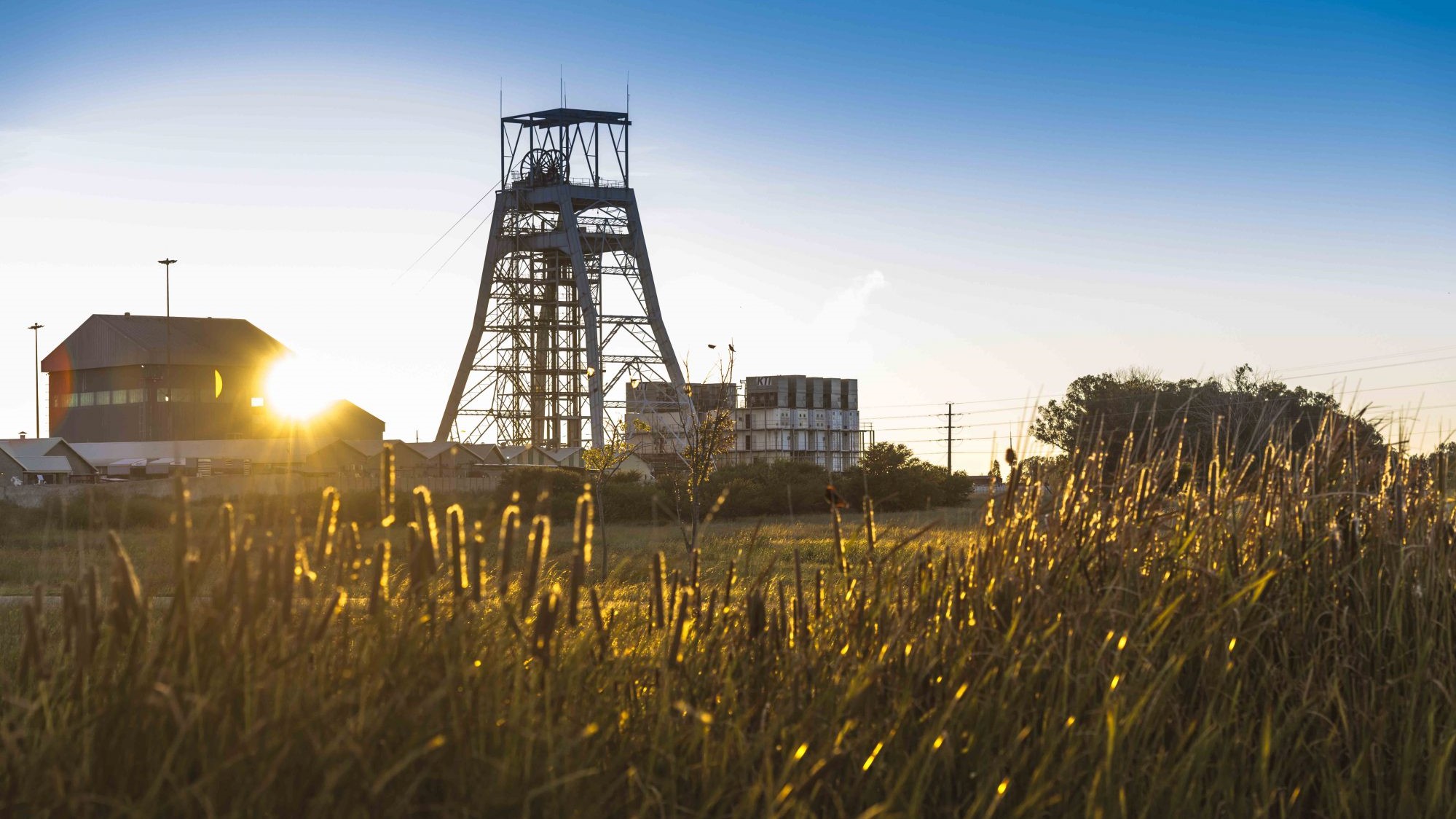Today, I’m taking a deep dive into the ill-fated nickel market.
If you’re a close follower of commodity markets, you probably know the problems afflicting this sector. Surging output from Indonesia’s nickel laterite mines has flooded the market with new supply.
And if you’ve been listening to the commentary on nickel’s woes, you’ll probably consider this an un-investible sector. Supply gluts are set to last year’s numbers, according to some analysts.
In response, Australia’s nickel mines are shutting up shop. It’s the same across Europe and Canada. Andrew Forrest’s Wyloo Metals closed the door on its nickel acquisition in Kambalda, Western Australia. A project formerly owned by Mincor Resources.
Meanwhile, BHP’s (NYSE: BHP; LSE: BHP; ASX: BHP) Nickel West operations have been put on notice.
The global response to oversupply has been predictable and unanimous. Operations are shifting into care and maintenance. Over time, that will take supply off the table.
While it will take time, Indonesia’s dominance could create structural problems for the global nickel market. Concentrating supply into a single region will make the sector less responsive to rising demand.
It also exposes the nickel market to sudden production cuts. As mines close abroad, the country has free rein to reduce supply and influence prices. Indonesia is truly becoming the OPEC of nickel!
But there’s more than meets the eye regarding this important industrial metal. So, let’s tap into the nitty gritty before unpacking possible opportunities.
Nickel geology overview
Nickel deposits come in two forms: hard rock sulphide deposits, which consist of nickel-bearing minerals known as pentlandite and nickel laterite deposits.
Sulphide deposits are scattered worldwide, from northern Europe, South Africa, Canada and Western Australia.
We then have the laterites, which typically form in high-rainfall equatorial regions. As rain dissolves and removes minerals and elements from the soil it leaves behind immobile elements like nickel, iron and aluminium. That leads to a natural concentration of nickel in these regions.
There are outliers. Shifts in the global climate over geological history have enabled places like arid inland Australia to form laterite deposits. This region was once bathed in tropical rainfall and lush jungle.
But of the two sources of nickel, sulphides are far easier to process and refine into high-purity products, the ideal choice when it comes to EV battery material. For this reason, sulphide miners have retained a competitive edge.
However, that started to shift in 2018 when the world’s largest nickel producer, China’s Tsingshan Holding Group, announced a $700-million plan to produce battery-grade nickel from nickel laterites. Processing laterite ore into high-purity nickel uses a system known as High-Pressure Acid Leaching (HPAL). The innovation unlocked a swathe of new supply and Indonesia’s nickel output exploded after integrating HPAL technology in 2018.
Cloudy data in nickel outlook
In early March, the Macquarie Group’s nickel expert, Jim Lennon, claimed supply gluts could be overblown.
That assessment was based on a recent visit to China where Lennon claimed the demand for stainless steel and other nickel alloys is far higher than the official numbers report. According to Lennon, nickel inventories are also far lower than the stated figures. In other words, he believes the consensus forecast of a nickel oversupply is wrong.
It’s an interesting perspective. Chinese officials are known for under- or over-reporting figures to suit political motives.
But are Lennon’s observations, alone, enough for investors to move into this beleaguered market? Perhaps.
Resource stocks coming off a low base can result in large ‘recovery gains’ as sentiment creeps back into the market. It’s also worth noting that U.S. officials recently excluded Indonesian nickel from lucrative tax credits as part of its Inflation Reduction Act (IRA). That’s thanks to a tight interlink between Indonesian operators and Chinese investors.
So, where does that leave investors?
Everything is not what it seems in the nickel market and that’s where contrarian opportunities are born. Given that China plays a major role in supply and demand, this suggests there could be a lot more to this story. The data remains cloudy, meaning there could be more surprises in the months ahead.
A prime value opportunity may emerge with several nickel producers and explorers trading at multi-year lows.
I’ll explore that with my Diggers and Drillers readers over the coming months.
James Cooper runs the commodities investment service Diggers and Drillers. You can also follow him on X @JCooperGeo.



